For Massimiliano Fuksas, it all starts with a quick sketch. "Those who know me know that I go straight into automatic mode: someone presents me a project, and I immediately start drawing", he tells me in a quiet and far too cold corner of the huge building that in a few hours will host the IFA, the trade fair in Berlin where the very best of consumer electronics (and innovation, and much more) from all over the world meets. Tomorrow there will be the presentation of Infinity, the new installation designed by Studio Fuksas for LG Signature's stand. A kaleidoscopic motif will highlight the many ultra-premium appliances of the Korean brand, of which the architect Fuksas, as he candidly admits, did not know much before this project. However, the korean brand had somehow played an important role in Fuksas recent past.
There’s been a change in Fuksas’ approach to work: "When I draw, there usually is someone next to me who turns my drawings in a 3D model on a big screen," he explains. "When LG asked me to work together, I realized that the 100-inch screen in the studio was theirs. And the one I have in Paris and Siena, too. In the end, we discovered that we were surrounded by LG screens. He smiles, as we chat sitting in a corner among the washing machines and the TVs. It is so cold that it seems to be somewhere out of space and time: the air conditioning is at its maximum - Fuksas is wearing a jacket and a scarf - and the only distraction is the distorted cartoon-like music loops coming from the fair under construction, that will leave an indelible mark, like a cosmic microwave background, in the recording of this interview.
How did it start with LG Signature? Was there a specific request from them?
I just start to draw. I realize something, but it’s never the final product or the one I was asked to do. Doriana says that It’s almost as if I had autistic behaviours, with great respect for the world of autism, of course. If I see a great work of art, I focus on a detail that catches my attention, the one detail that I could use.
And everything starts with the sketches.
Drawing is my way of reacting. I made that drawing (he points to the sketch of the Infinity project on the wall) the same day I talked to LG Signature for the first time. If you ask me for a drawing, I make it, I don't know if it's beautiful or ugly. I was born to do this.
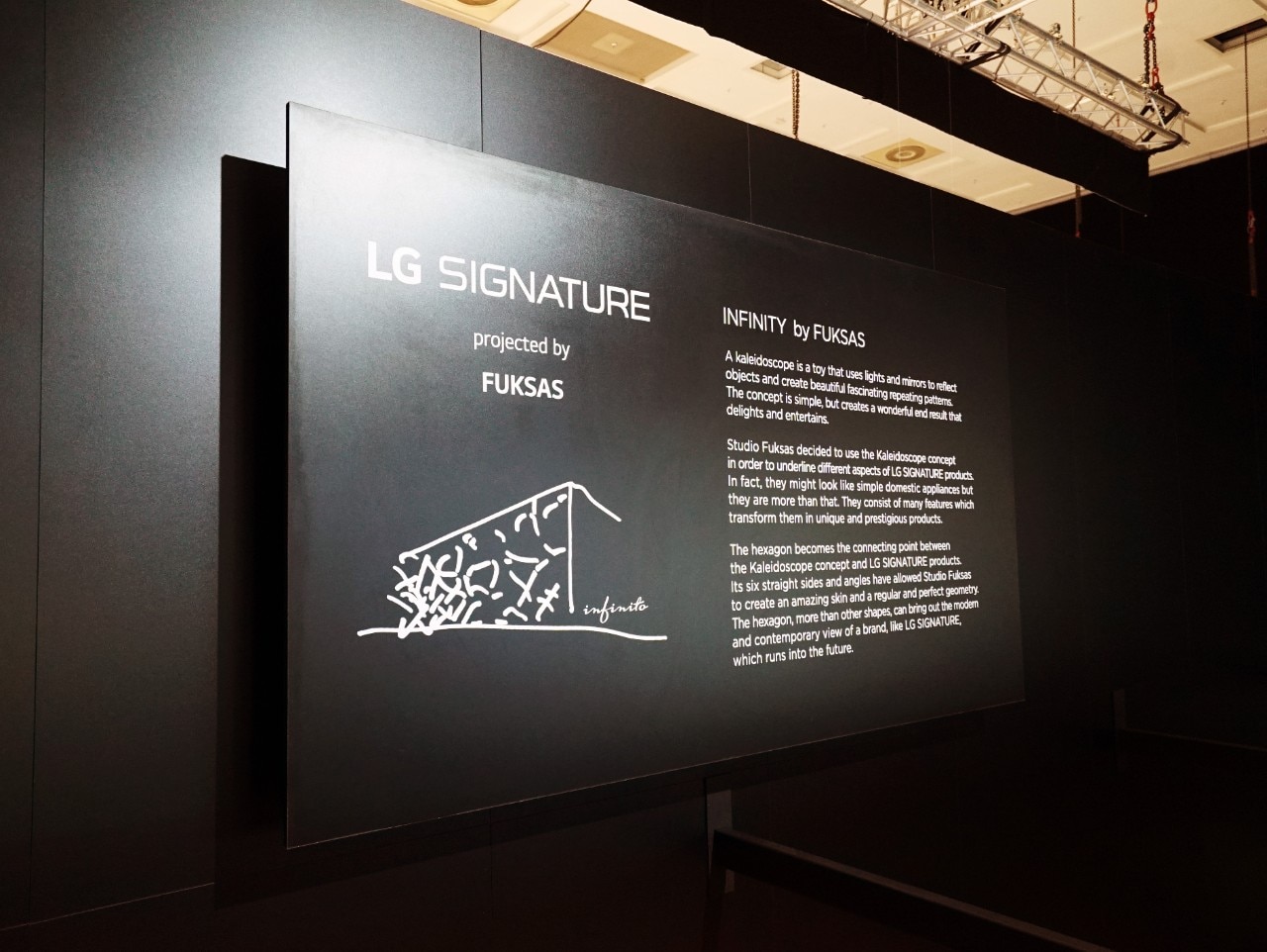
The immediacy?
Painting, writing, it's the same. I never make a first draft; I never want to know the questions before an interview: I like things that are immediate.
Where does this approach come from?
From painting. If you use colours in a certain way, then you don't have to come back to it after. But if you really want to come back to it, you must know beforehand which colours you want to use. This kind of approach gives the idea that everything, from 3D design to Photoshop, has to be immediate and straightforward. You should act like a painter and instead you work too hard and the drawing gets ruined.
The kaleidoscope is one of the main themes of Infinity.
It's something I've been working on recently. The kaleidoscope is an unreal object: it is not there, it does not exist, it is just a play of lights. It’s the most beautiful and ephemeral thing, the annulment of form.
And then, out of nowhere, Massimiliano Fuksas says, “I like that so much!” as he points to the new air conditioner by LG Signature, perhaps the most exceptional appliance in the stand, standing tall and slender, with a booster fan made of concentric circles.
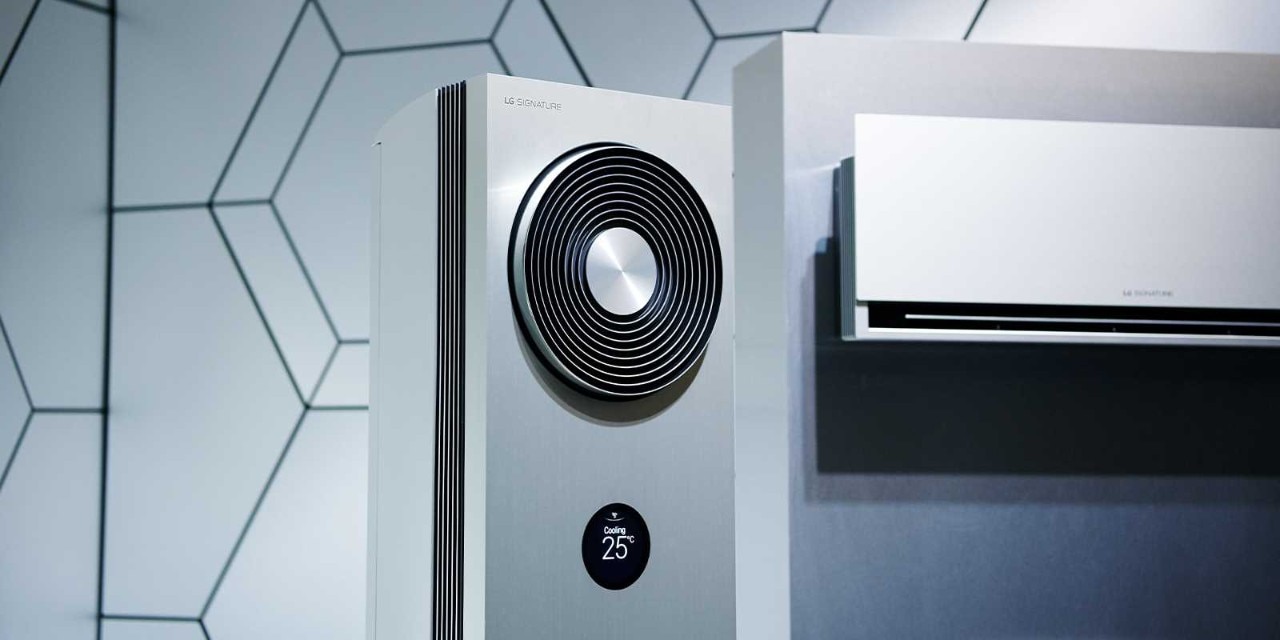
Why?
It could be a totem. And it moves by itself. If you turn it on, it follows your movements. It's an incredible object! It talks to you, it even interacts with you.
Do you find inspiration in technology?
No, it's technology that finds inspiration in me. I'm serious. I’ll even say something worse. I made a great painting once: at first you saw nature, and then nature transformed into something else. When they asked me if I was inspired by nature, I said that it was nature that had taken inspiration from me.
Does that also apply to architecture?
Architecture is the source of inspiration for nature.
Is sounds like a paradox.
This may be a paradox, but in the end, this is the kind of interaction that we have with objects. As Kant explained, the system of knowledge is a process, which consists in transforming a phenomenon into something that belongs to us, that we know. That's why, in order to understand nature, I must transform it into architecture, or paint it, so that I can grasp it. That's why I say that nature takes its inspiration from me.
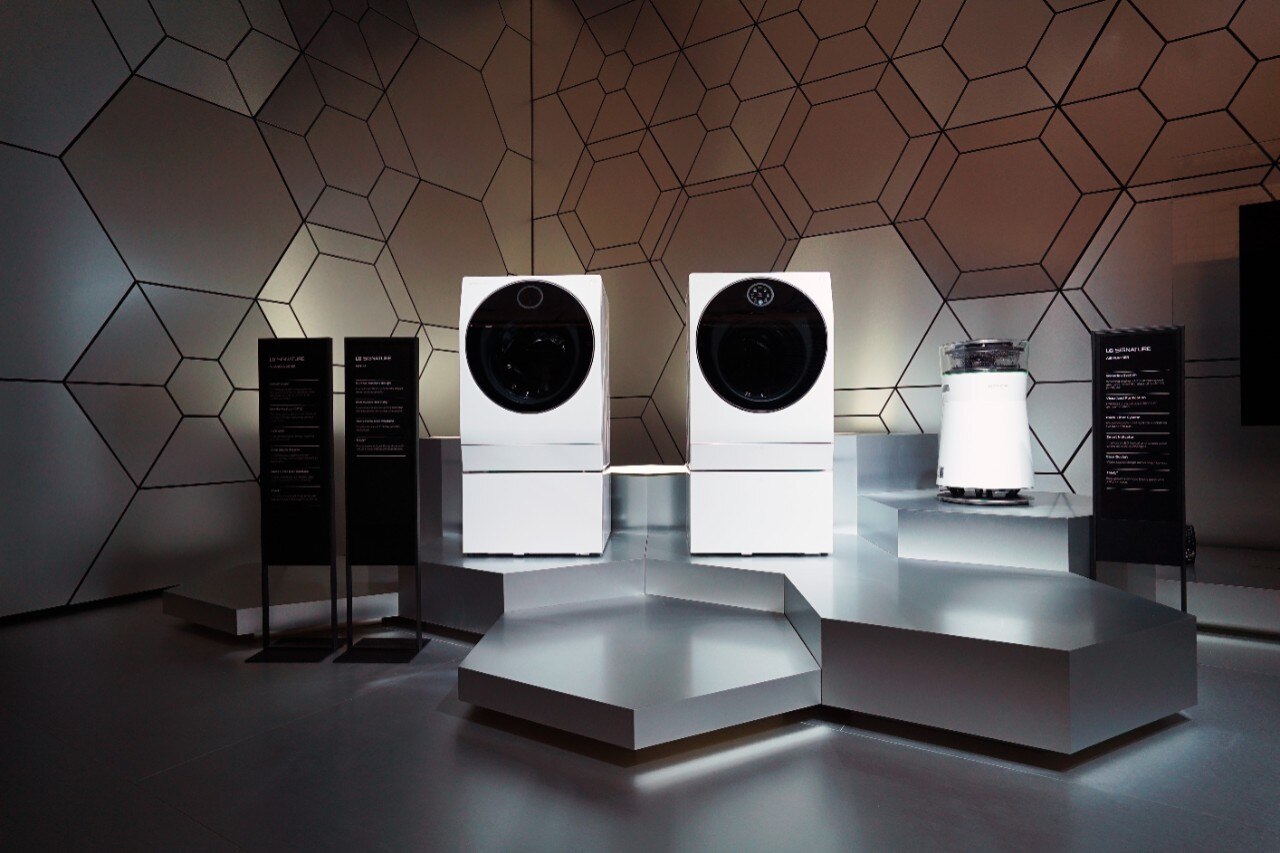
So, is creating an operation of knowledge?
I am not an architect; I am a strange thing. I say that anyone can be an architect, if you stay for two or three weeks with me, you'll become an architect (he laughs). There are so few things to learn. I'm convinced of it; I'm not saying this out of snobbery. However, I don't teach you how to be an architect, I teach you how to do something else. To see people, as they are. How we are. That's how we work. I can't teach you architecture, you either have it in you or you don't.
Massimiliano Fuksas in the middle of a line-up of LG Signature appliances. How would you describe them?
The great thing is that they don't look like design, they're the opposite of design. There's nothing that seems useless to me (laughs). I got on well with them because the air conditioners, the fridges, they do absurd things. They remind me of E.T. or Kubrick's science fiction. I carried out a project about it, the one in Vienna, the monolith (he’s obviously making a reference to the black monolith of 2001: A Space Odyssey), where, actually, there are two monoliths and the distance between them creates tension. In 2001 I have always been attracted by the abstraction of travel. And that ending, where you see the protagonist becoming old. Then a glass falls down, so gravity is back. Instead, during the whole film, there was only the inclined plane, horizontality was abolished. Almost all my architecture comes from there, from Hitchcock for the editing and from Kubrick for the continuous change of genres.
Are you satisfied with this collaboration?
The result is very photogenic, and I discovered the importance of being photogenic when we inaugurated Shenzhen airport. People would come in, everyone holding the phone, and then every phone would become the object to use to take pictures. It went well because everyone did it. This means that there were strong emotions. Still today I see many images of that airport taken from those who go visit it.
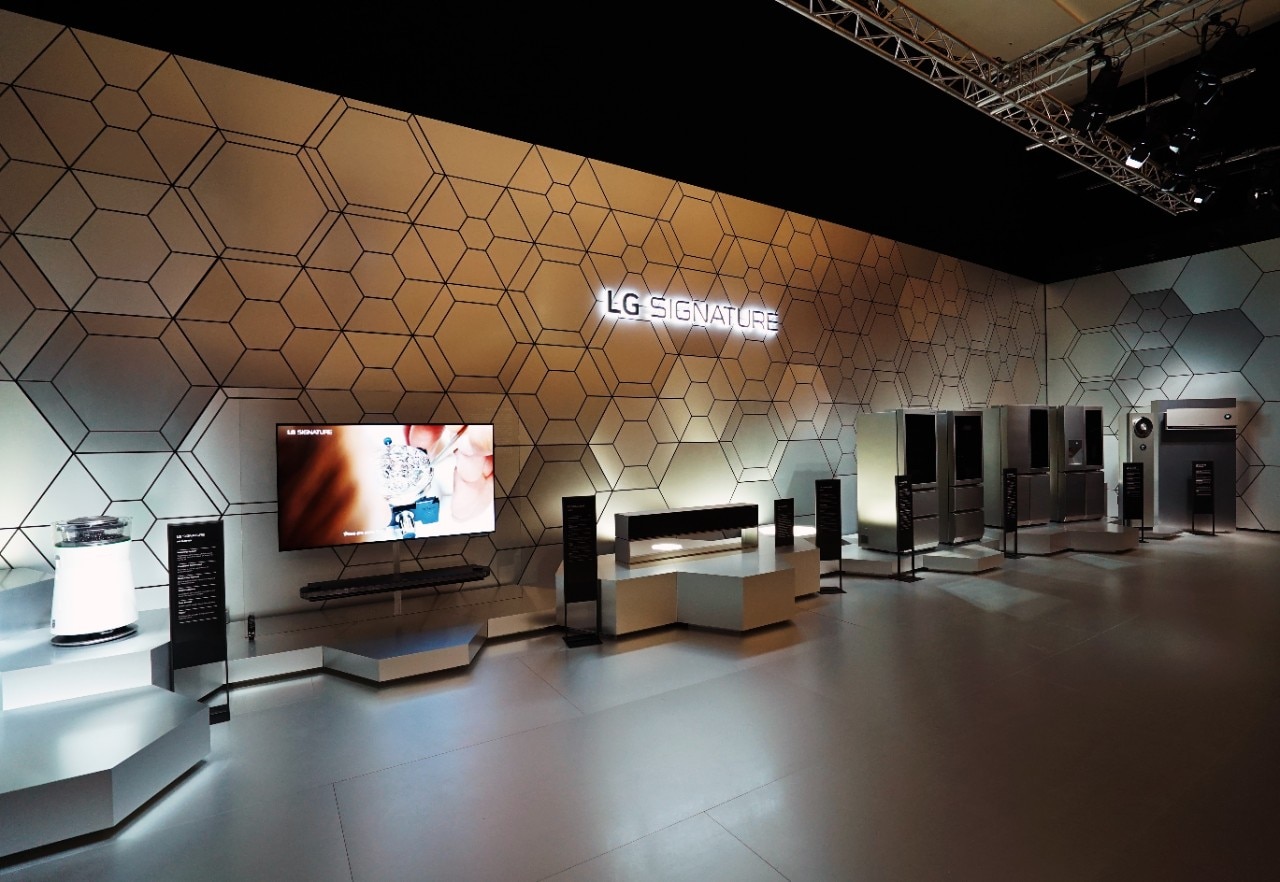
In fact, it's very “instagrammable”...
I'm on the right track, see? I'm learning (laughs). There, I would have made it brighter. I wanted to show the light penetrating the volume from the inside and from the outside. Maybe I will do that the next time, all things need experience. As Oscar Wilde said, I go by heart, the man who no longer learns but begins to teach is hopeless (the exact quote is "Everybody who is incapable of learning has taken to teaching", Editor's note). There is always something to learn.
Would you do it again?
More than that. I'd create a building in a city that's just made of screens on the inside and on the outside. I told him, why don't we make some small screens that can stick to each other. And then we build as much as we want. We could redraw a part of our house or our city, using many fragmentary images. Grass, trees, a plain. A window on the world. That's what I'd like to do. But I understood it only when I looked at the beauty of the screens. Nowadays we have extraordinary screens and that's just the beginning. Look at the foldable one (he points at the LG roll up TV behind me). We're halfway to our goal.
What is it that we’re lacking?
We are lacking many things, but two in particular. Artificial intelligence and 5G. Without 5G the machines don't work. That's the big battle.
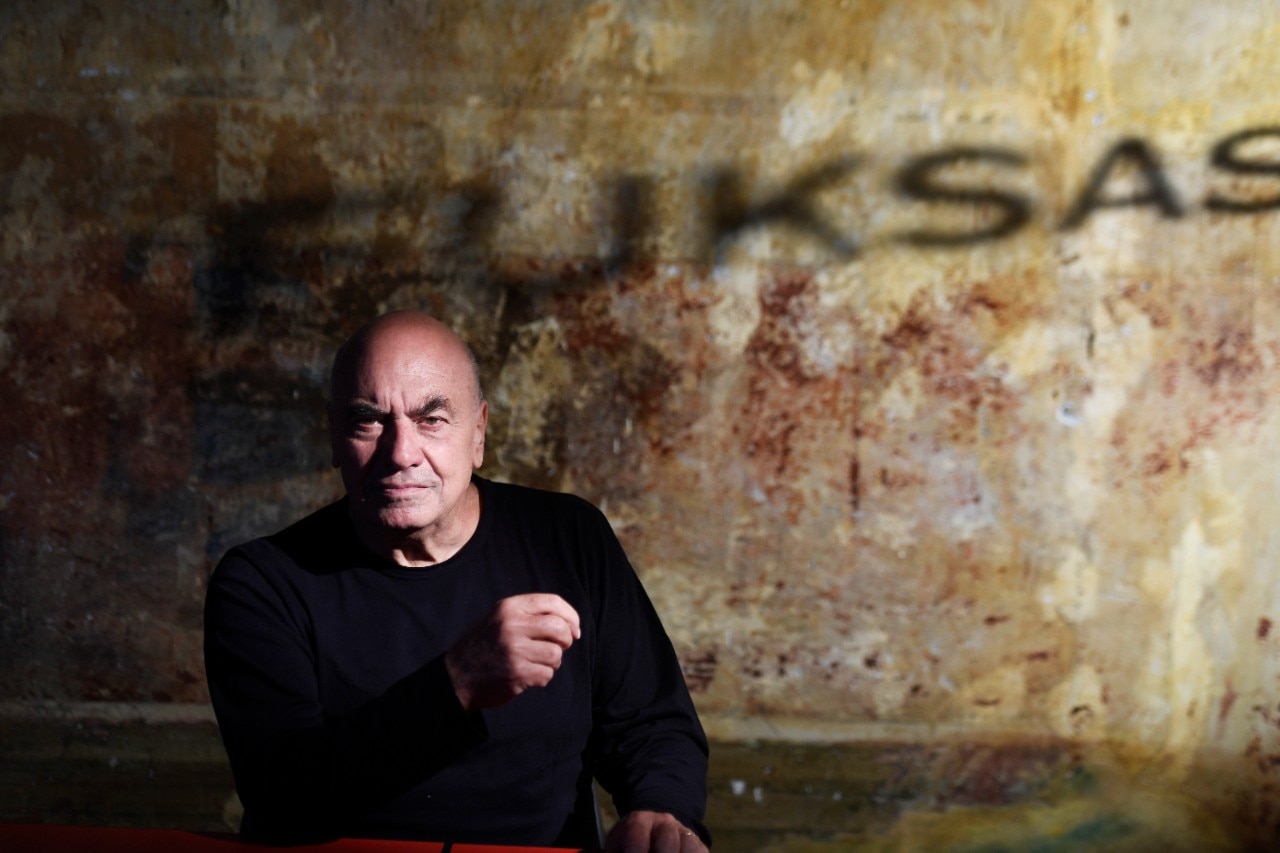
What about Artificial Intelligence?
We need to take one further step. For example, that object, (he points to the "totem" of the air conditioning), should feel that I'm cold. Artificial intelligence can help machines to better understand humans. Otherwise we won’t be able to understand each other. A machine is a machine. But AI helps us to understand our needs.
Isn't AI a bit scary?
I'm not afraid. For me, art and technology are the same thing: expression of the human race.
What if AI were an architect?
I love the idea of it. I am convinced that anyone can be a great architect. You tell me if you've become one! (he laughs, then he gets more serious) I've been experimenting with cellular automata for the past year. We carried out part of a project like that. Creativity is always here, but now it's more about giving parameters, limits. And the better you are, the more the object you are creating can grow, understand and reacts to you, and it can become an extraordinary thing. I am sure of it: anyone can be a great artist.
And what is our role?
Soon we will no longer be needed. But we can learn many things. Meanwhile, this is part of the process (he indicates the stand with a large gesture). That's why we carried out the project with great pleasure.

